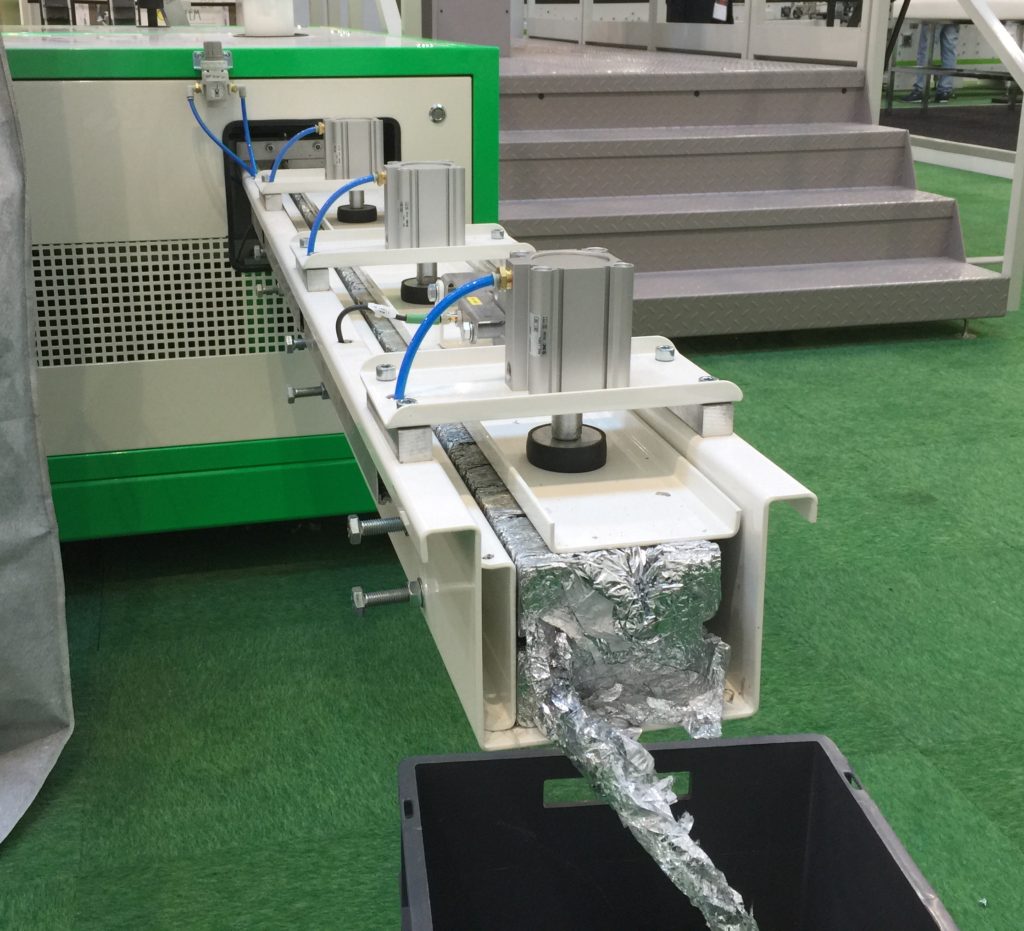

In the immediate post-operative period the child’s numeric pain score was 4/10. The procedure was uneventful and there were no apparent complications.
#Ipack blocks. mac#
The patient was maintained on 1 MAC of sevoflurane and received a total of 1.5 mg/kg of ketamine given in divided doses no intraoperative opioids were required. There was successful fixation after anchor placement. The sutures were secured to the ACL base and then secured to the donor site of the fracture with push lock anchors.

The intermeniscal ligament was extracted and the fracture bed was debrided. Systematic arthroscopic evaluation revealed a displaced tibial spine fracture with the ACL attached to a fragment and hinging of the anterior aspect of the fracture with intermeniscal ligament interposition.

The arthroscope was introduced through the anterolateral portal. Additional short-acting local anesthetic (lidocaine 1% with epinephrine 1:200k) was administered by the surgeon at the anterolateral and anteromedial port sites. Femoral Artery (FA), Popliteal Nerve (PN), Local Anesthetic (LA).Īfter the patient was prepped and draped, the anatomic landmarks of the anteromedial and anterolateral portals were identified. Both ACB and IPACK single shot nerve blocks were performed in 6 minutes.įigure 1: IPACK blockade with arrow highlighting needle in-situ. Following negative aspiration, 10 ml of bupivacaine 0.25% with preservative-free clonidine 20mcg was deposited (Figure 1). A 22-gauge 80 mm echogenic needle was advanced in-plane, deep to the popliteal artery and above the joint capsule. The probe was then advanced cephalad until the shaft of the femur was visualized. With the patient in the same position, the probe was placed in the popliteal fossa identifying the popliteal artery and femoral condyles. A curvilinear, low-frequency transducer (2-5MHz) was used for the IPACK to maximize visualization. Following negative aspiration, 6ml of bupivacaine 0.25% with preservative-free clonidine 20mcg was deposited in the adductor canal. A 22-gauge 50 mm echogenic needle was advanced in-plane from the lateral to medial direction, deep to the sartorius and juxtaposed to the vastus medialis. A high-frequency linear ultrasound probe (15MHz) was placed transverse to the medial thigh, and rotated medially to visualize the adductor canal for ACB. Proceeding general anesthesia, the patient was positioned supine with the left lower extremity externally rotated and flexed 40 at the knee. He underwent arthroscopic assisted repair of the proximal tibial avulsion fracture. Imaging revealed left ACL avulsion from its tibial attachment, anterior-lateral meniscus tear and avulsion of the popliteofibular ligament. Herein we describe the utilization of the IPACK combined with an ACB for arthroscopic ACL repair in a pediatric patient.Ī 10-year old, 41kg, healthy male presented following a motor vehicle injury. The ultrasound-guided deposition of local anesthetic to the Interspace between the Popliteal Artery and The Posterior Knee Capsule (IPACK) in combination with blockade of the anterior knee with an ACB has gained significant interest for such surgery. However, its lack of posterior knee and anterolateral coverage makes it non-ideal as a sole agent. Widely used for knee surgery, the Adductor Canal Block (ACB) provides motor-sparing analgesia to the anteromedial knee and distal medial leg.

Regional anesthesia has proven to reduce nociceptive pain and opioid requirements following ACL surgery, thereby facilitating earlier hospital discharge and improved patient satisfaction. Adult literature demonstrated daily opioid consumption of 35-45 mg morphine equivalents in the first 2 weeks after ACL reconstruction. Postoperative pain control after ACL reconstruction or repair usually involves opioids. Injuries to the ACL can result in ligament rupture or, less commonly, traumatic avulsion fracture at the ACL insertion site on the proximal tibia. The incidence of Anterior Cruciate Ligament (ACL) reconstruction amongst pediatric patients has risen over the last decade.


 0 kommentar(er)
0 kommentar(er)
